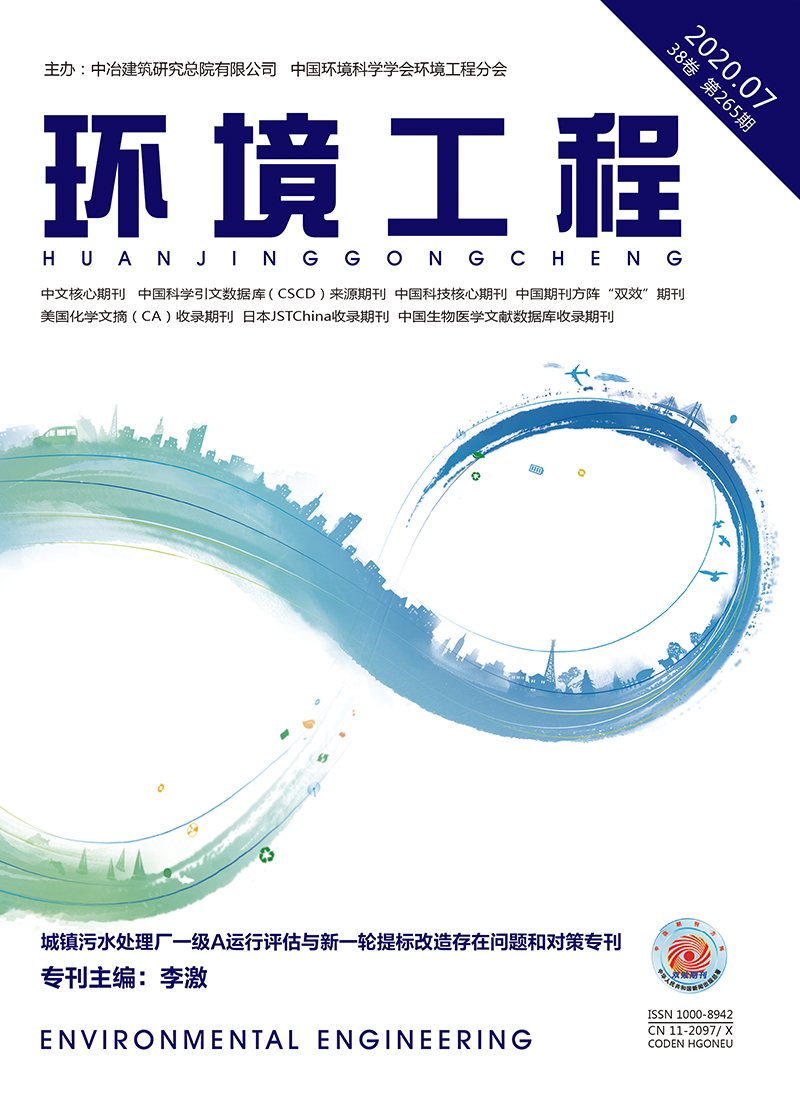|
胡春明.雨污分流,还是"同流合污"?[J].广西城镇建设,2009(4):41-43.
|
|
翁晟琳,李一平,卢绪川,等.台州市生活污水处理厂设计水量中雨水混入比例研究[J].水资源保护,2017,33(4):75-79
,94.
|
|
BÉNÉDITTIS DE J, BERTRAND-KRAJEWSKI J L. Infiltration in sewer systems:comparison of measurement methods[J]. Water Science and Technology, 2005, 52(3):219-227.
|
|
SCHULZ N, BAUR R, KREBS P. Integrated modelling for the evaluation of infiltration effects[J]. Water Science and Technology, 2005, 52(5):215-223.
|
|
徐振宇,李大海.秦皇岛市污水处理厂运行现状与存在问题的对策[J].黑龙江水利科技, 2014, 42(10):233-234.
|
|
李津.浅谈污水管网的存在问题及对策:以厦门市某污水处理厂污水管网为例[J].企业技术开发, 2013, 32(14):160-161.
|
|
BÉNÉDITTIS DE J, BERTRAND-KRAJEWSKI J L. Measurement of infiltration rates in urban sewer systems by use of oxygen isotopes[J]. Water Science and Technology, 2005, 52(3):229-237.
|
|
HOUHOU J, LARTIGES B S, FRANCE-LANORD C, et al. Isotopic tracing of clear water sources in an urban sewer:a combined water and dissolved sulfate stable isotope approach[J]. Water Research, 2010, 44(1):256-266.
|
|
KRACHT O, GUJER W. Quantification of infiltration into sewers based on time series of pollutant loads[J]. Water Science and Technology, 2005, 52(3):209-218.
|
|
薛梅,周柯锦,郭一令,等. 下水道中不明水的调查及防治对策[J]. 中国给水排水, 2006, 22(17):53-56.
|
|
WEISS G, BROMBACH H, HALLER B. Infiltration and inflow in combined sewer systems:long-term analysis[J]. Water Science and Technology, 2002, 45(7):11-19.
|
|
徐智廷, 李河海. S-P概化模型在临沂水功能区纳污能力分析中的应用[J]. 水资源保护, 2007, 23(3):31-33.
|
|
国家环境保护总局. 水和废水监测分析方法编委会. 水和废水监测分析方法[M]. 4版. 北京:中国环境科学出版社, 2002.
|
|
刘晋, 蒋岚岚, 陈秋萍, 等. 地下水导排法在无锡某下沉广场的设计应用[J]. 中国给水排水, 2012, 28(20):98-100.
|
|
樊杰, 胡晗. 化学铁盐辅助除磷对生物除磷的影响研究[J]. 环境科学与技术, 2013, 36(2):41-45.
|
|
CHAI C Y, ZHANG D W, YU Y L, et al. Carbon footprint analyses of mainstream wastewater treatment technologies under different sludge treatment scenarios in China[J]. Water, 2015, 7(3):918-938.
|


 Login
Login Register
Register E-alert
E-alert






 DownLoad:
DownLoad: